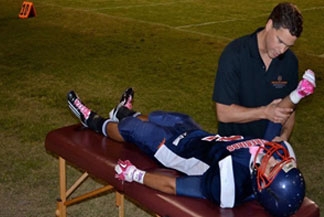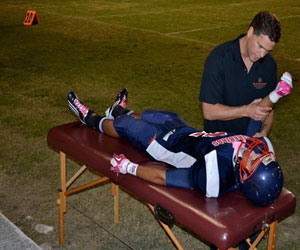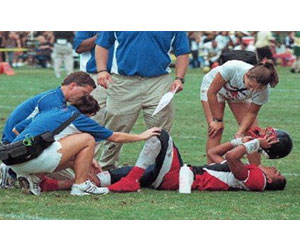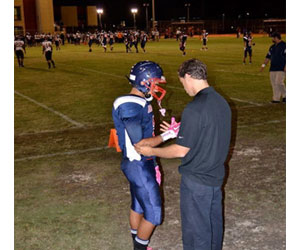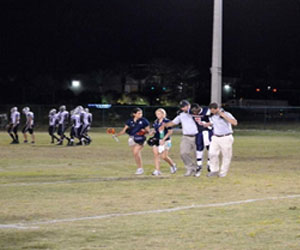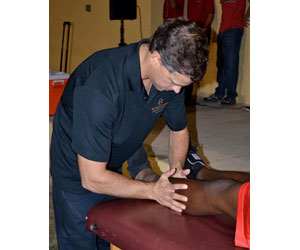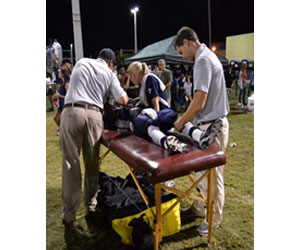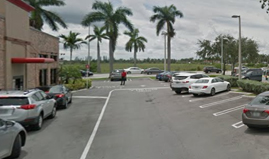It is September on a warm Friday night in South Florida. The field lights are on, cheerleaders are chanting and the stands are full (ahem – with the exception of this 2020 season) with excited parents, siblings, teachers, alumni and fans. As the players huddle up in anticipation of a physical game of football, the athletic trainer and I assume our position on the sidelines. Being a team physician for high school football is a service I have enjoyed since the days of my orthopedic residency and sports fellowship training when I provided medical coverage for high school, college and professional sports events.
Why I Enjoy Being There?
Being part of the excitement on the sidelines of a sporting event is a great thrill. I admire these young and enthusiastic players, brimming with raw talent, hopeful to advance to the next level of their football career. It’s a great opportunity for me to engage with the athletes, coaching staff, athletic trainers and parents and feel part of the community. I enjoy covering high school football – it is what keeps me on the sidelines Friday nights.
What are My Duties on the Sideline?
High school football continues to grow in popularity in South Florida with more high schools fielding new teams and beautiful turfs. High school athletes come in all sizes and ability levels which may lead to injuries in collision sports such as football. Studies have shown that high school athletes contribute to 2 million injuries, 500,000 doctor visits and 30,000 hospitalizations each year. This has led to a strong recommendation from the National Athletic Trainers’ Association, the American Academy of Family Physicians, and the American Medical Association to have a physician or qualified medical provider present on the sidelines during high school football games. The roll of the physician is to provide acute and potentially life-saving medical care in the event of an emergency. Prior to the season, my team physician duties include performing pre-season clearance physicals to ensure that the high school athletes are safe to participate in sports.
What Types of Injuries Do I Treat on the Sideline?
Keeping the players adequately hydrated, stretched and warmed-up is a vital role of the athletic trainer and medical staff to help prevent injuries. The majority of on-field treatments are for cramps, sprains, and contusions, however a serious injury can happen at any time. This is when having an athletic training staff and physician on the sideline becomes vital. Musculoskeletal injuries such as fractures and dislocations may require emergency splinting or closed reduction on the field. Recognizing a concussion can be a potentially life-saving intervention similar to a spinal cord injury or cardiopulmonary arrest. Knowing when and how to transport an injured player to the emergency room is the role of an athletic trainer and physician working in a closely coordinated manner. So, when you see the team physician and trainer attending to a player down on the field, rest assured that the player is being well attended to.
I’ll see you Friday night at the game.
If you wish to schedule an appointment with Dr. J. Pieter Hommen, call 305-520-5625 or schedule an online appointment today








